
If you are looking for a simple and affordable way to water your plants, you might want to consider the Digg Irrigation Drip Systems.
Irrigation is a basic watering system that uses drip tubing, emitters, and fittings to deliver water to the plants through drip nozzles.
They are ideal for growing fresh herbs, vegetables, flowers, succulents, and other plants at home.
Here are some of the pros and cons of these products based on my experience and research.
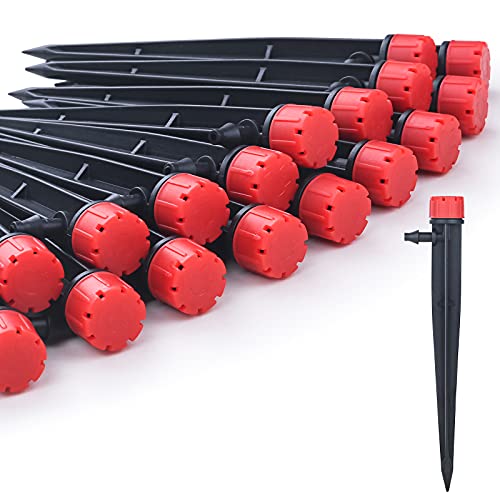
Pros of Digg Irrigation Drip System
Simple
The products are easy to install and use, as they do not require any tools or complex assembly.
You just need to connect the drip tubing to a faucet or a hose, cut it to the desired length, insert the emitters and fittings, and attach the drip nozzles to the plants.
You can also adjust the water flow and frequency by using a timer or a valve.
Affordable
The products are inexpensive compared to other similar products on the market.
They cost about $20-$40, which is reasonable for most budget-conscious buyers.
The products also come with everything you need to set up a basic drip irrigation system, such as drip tubing, emitters, fittings, stakes, and instructions.
Flexible
The products can be used indoors or outdoors, as they are made of durable and weather-resistant materials that can withstand different temperatures and environments.
The products also have a versatile and expandable design that can accommodate a variety of plants and pots.
You can customize the length and number of drip tubes, adjust the angle and position of drip nozzles, and add more accessories such as filters, splitters, or timers.
Cons of Digg Irrigation Drip System
Basic
The products do not have any advanced features or functions that some other products offer, such as Wi-Fi connectivity, self-watering system, water-saving feature, or drainage system.
The products also do not have any pressure compensating or anti-siphon devices that can prevent water leakage or backflow.
You might need to buy some extra parts or devices to improve the performance or efficiency of the system.
Unreliable
The products depend on water pressure and gravity to work properly, which are not very stable or consistent.
The water flow and distribution can vary depending on the water source, the length and number of drip tubes, the elevation and slope of the area, and the type and size of plants.
You might need to check the system and the plants regularly to make sure they are getting enough water.



Konnichiwa! (Hello!) I'm Pat Tokuyama, a Japanese tofu cookbook author, who travels for music, food, and adventure. If you like Japanese tea, checkout some of the newestorganic japanese tea, matcha bowls and noren and more!
** Curious about the Plant Based Japanese Cooking Club? ** Learn more here!
Flimsy
The products are not very sturdy or durable, as they are made of lightweight and thin plastic that can bend or break easily.
The products also do not have any support or stability for the weight of the water and plants.
Some of the emitters and fittings can leak or pop off, causing water waste or uneven watering.
You might need to replace some of the parts or fix some of the leaks over time.
Conclusion
The Digg Irrigation Drip Systems are good products that can help you water your plants simply and affordably.
They have some advantages such as being simple, affordable, and flexible, but they also have some drawbacks such as being basic, unreliable, and flimsy.
If you are looking for a high-tech and high-performance watering system that can save you time and water, you might want to look for other options.
But if you are looking for a low-tech and low-cost watering system that can get the job done, you might enjoy using these products for your gardening needs.


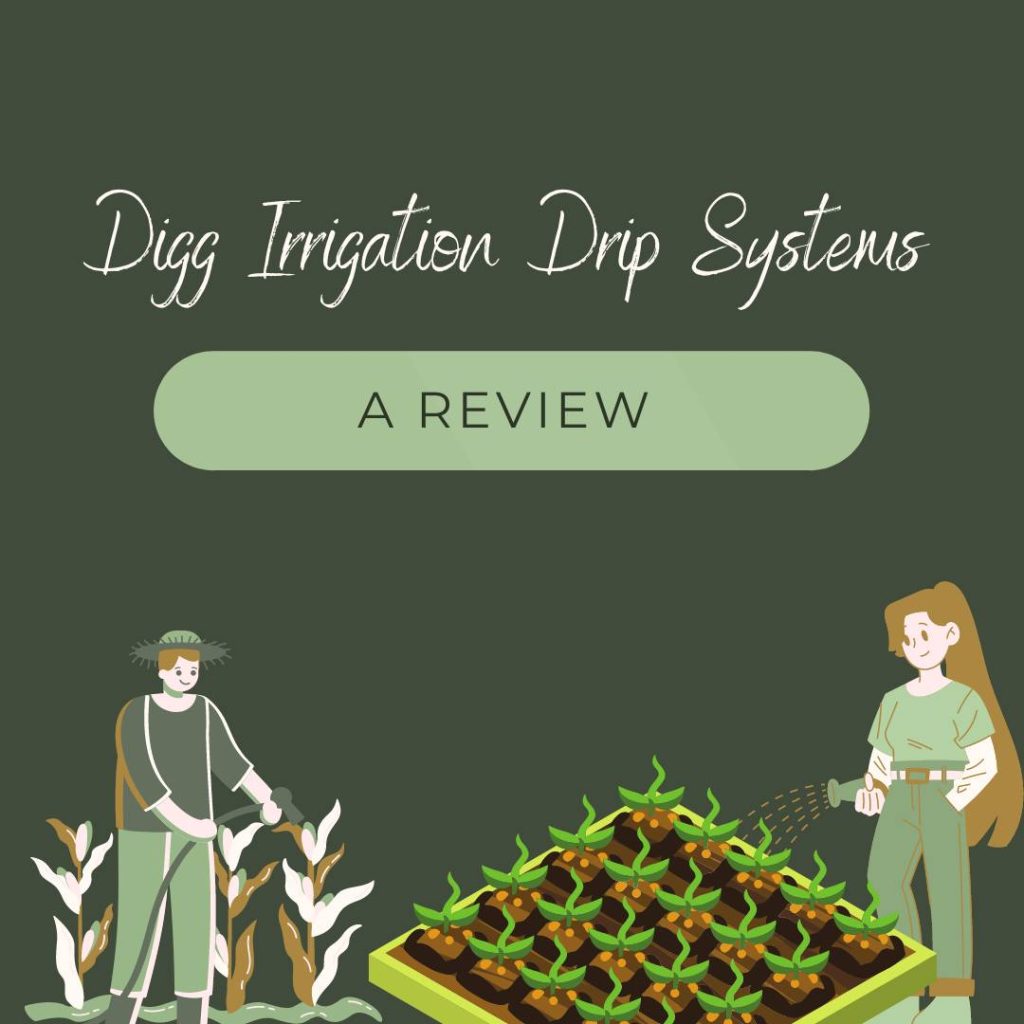

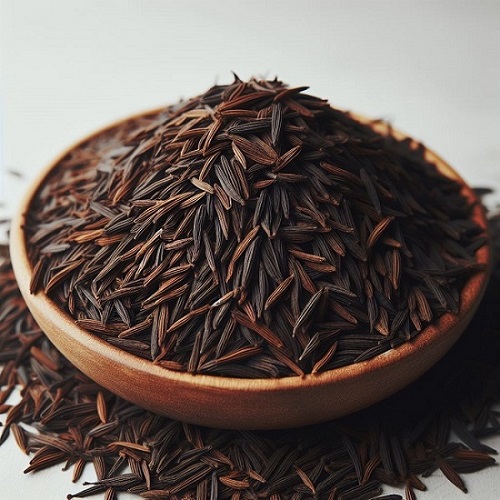
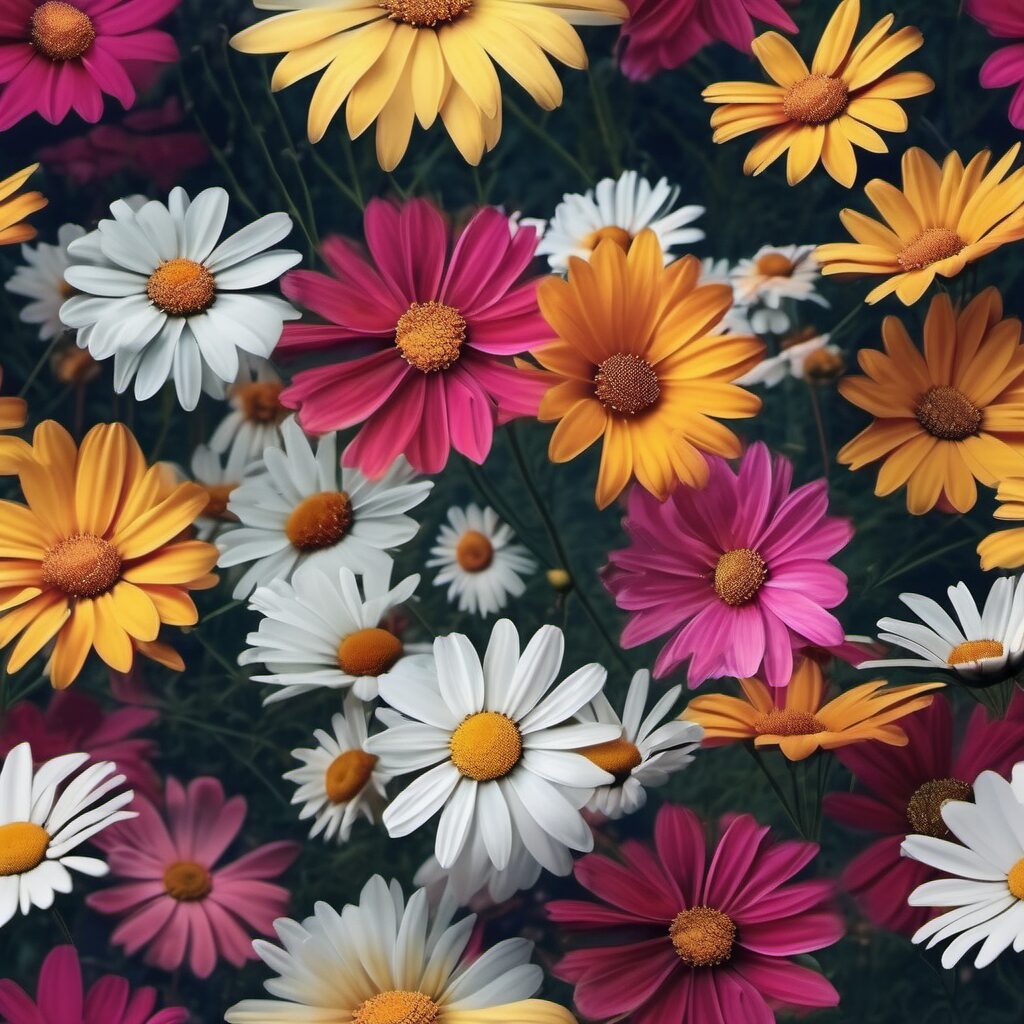
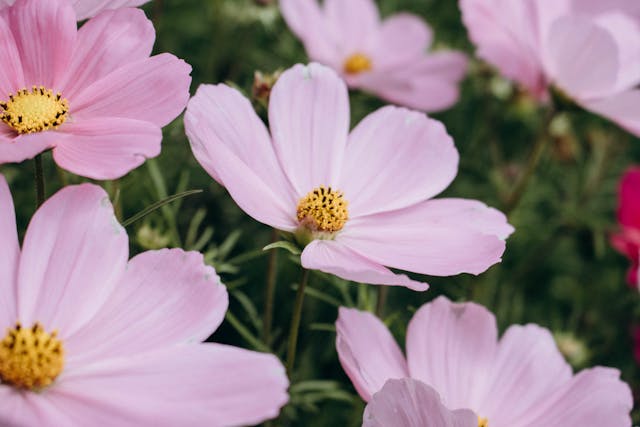
Konnichiwa! (Hello!) I'm Pat Tokuyama, a Japanese tofu cookbook author, who travels for music, food, and adventure. If you like Japanese tea, checkout some of the newestorganic japanese tea, matcha bowls and noren and more!
** Curious about the Plant Based Japanese Cooking Club? ** Learn more here!